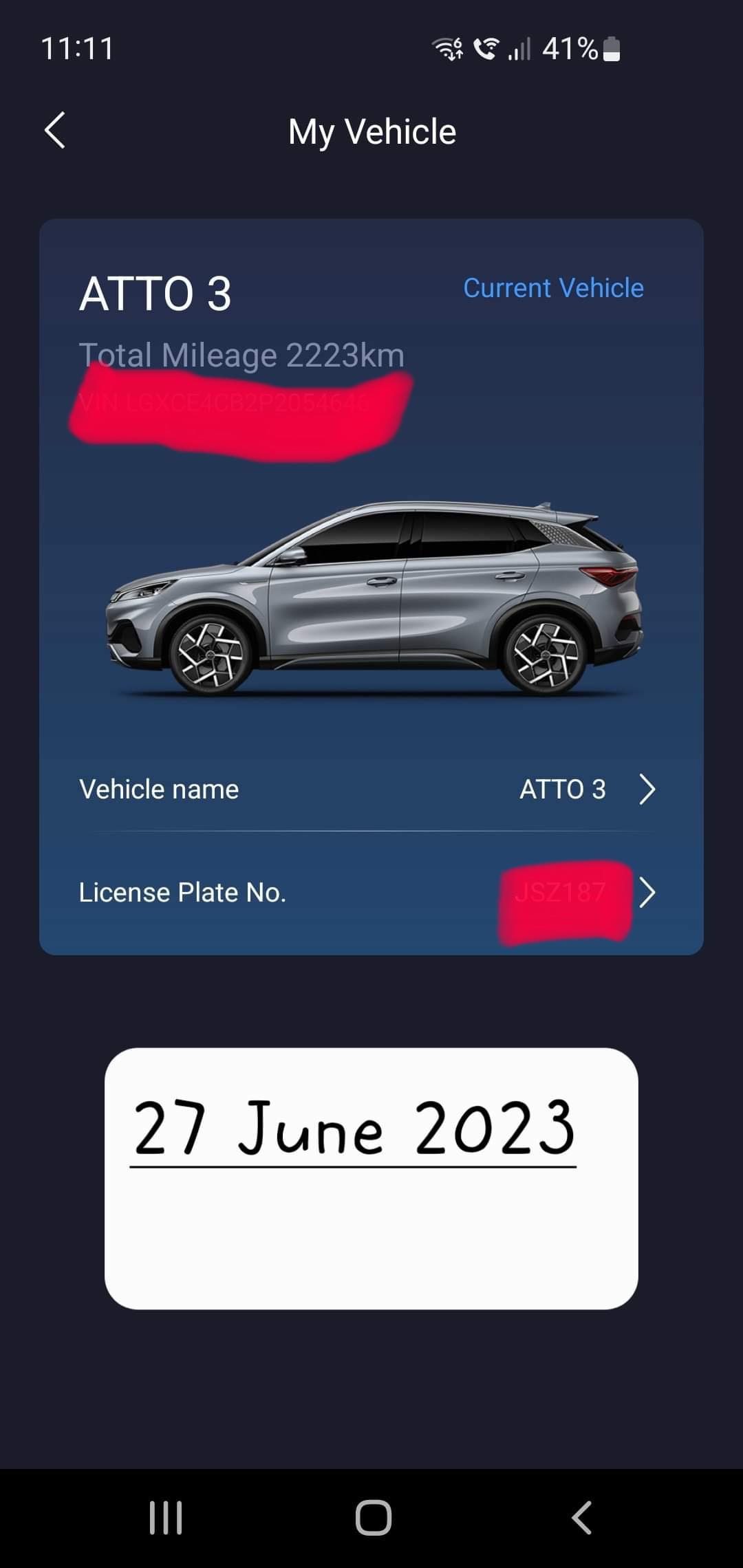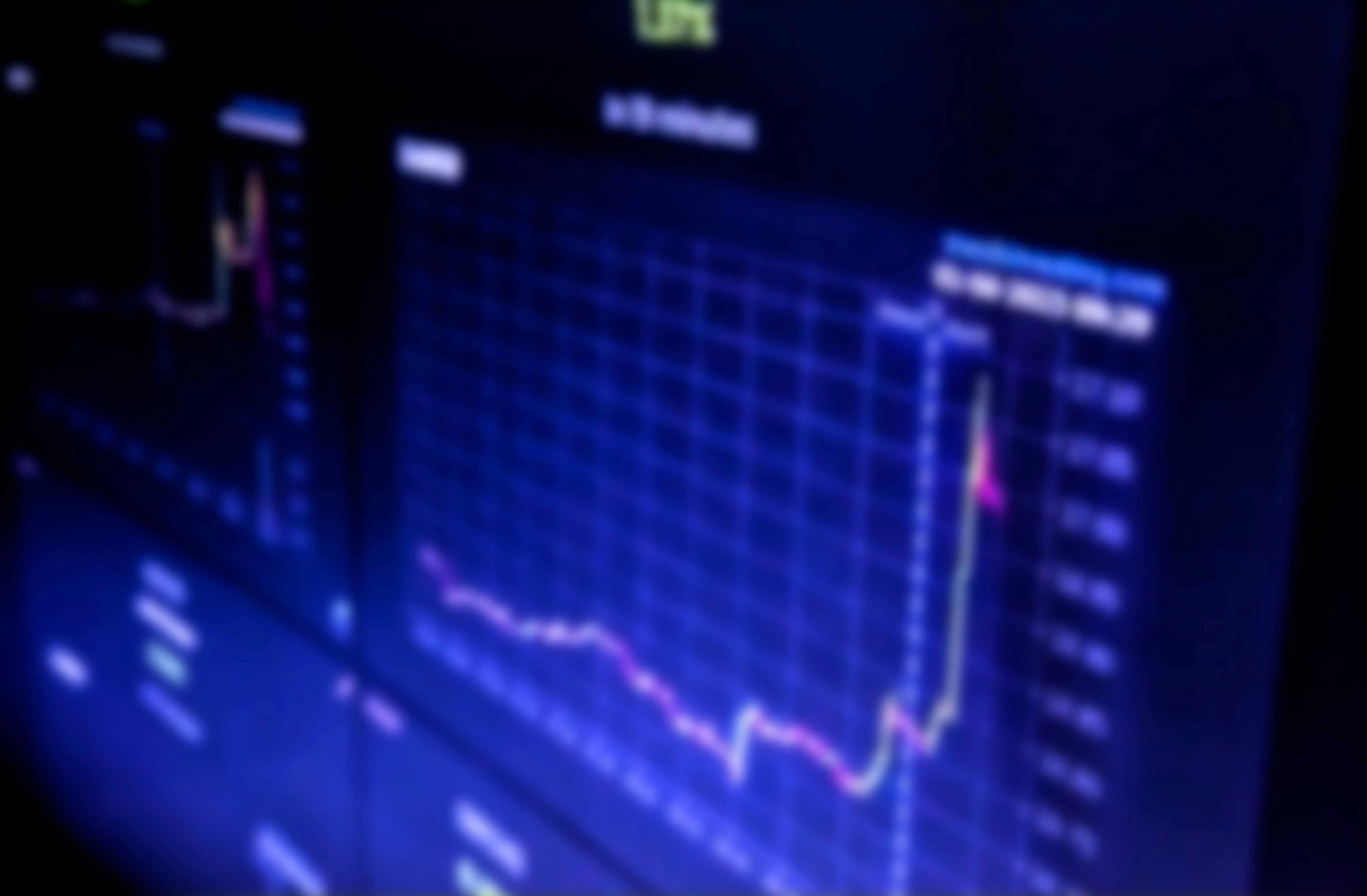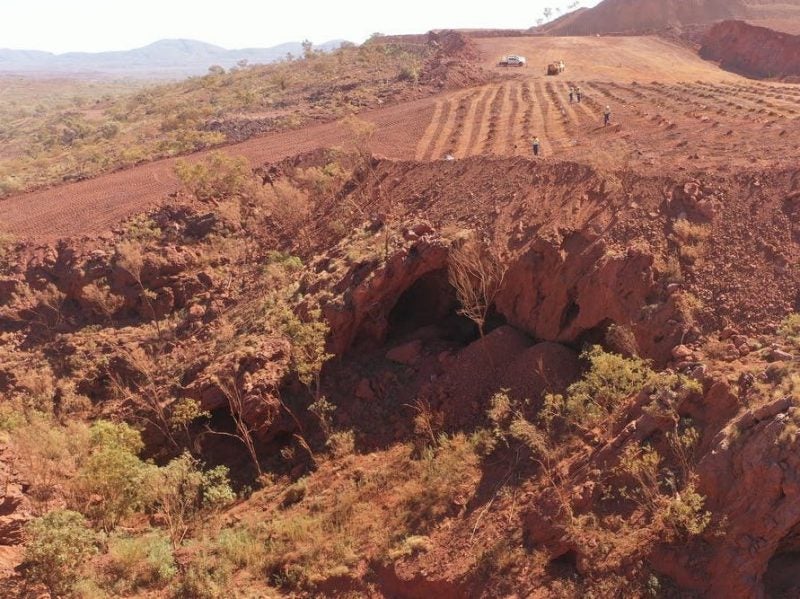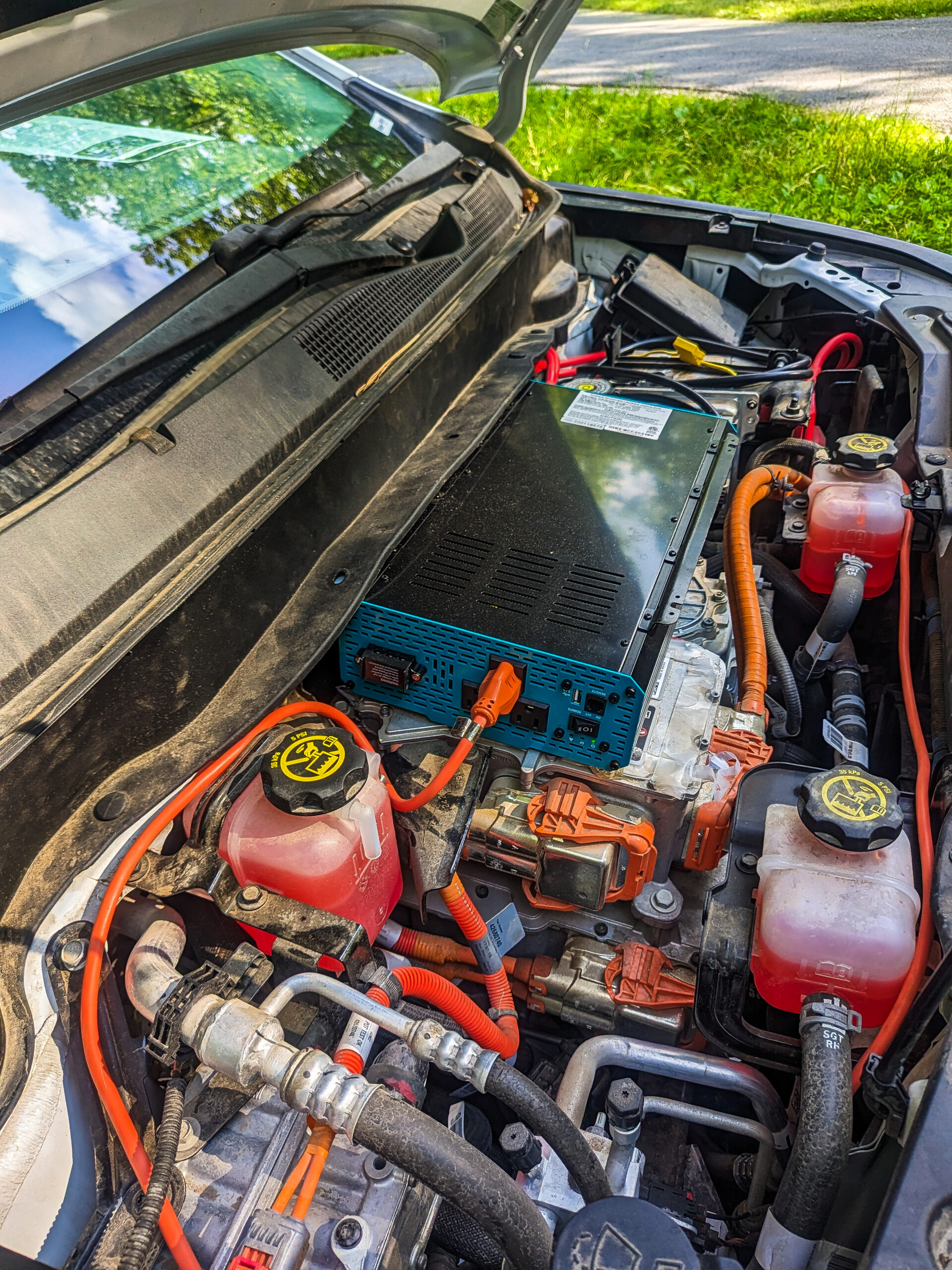
Last month, sales of the BYD overtook the Tesla Model 3 to make it the second highest selling electric vehicle in Australia, behind the Tesla Model Y, of course. Driving on the roads in Brisbane, the BYD Atto 3 is making its presence felt. We see them wherever we go out. They are still outnumbered by Teslas, but that might not last, as BYD has launched one new model and another is due for launch early next year. The BYD Dolphin is expected to be in the hands of customers next month, and the Seal will follow shortly after. We are experiencing the rise of BYD in Australia.
Next year, I expect BYD and Tesla to both be contenders for the top EV brand title in Australia.
So, why are people buying the BYD Atto 3 and not a Tesla. I suspected it was just about the money. I was wrong. Each month, my wife and I host a coffee, cake, and EVs morning at the local tavern. Last week, Sam attended and told us his story. He not only had a deposit on a Model Y but had also bought some accessories and installed a Testa wall charger. He changed his mind after driving the Atto 3.
I have written previously comparing and contrasting the BYD with the Model 3. One of the identified issues with the Atto 3 was the lack of an app. This has now been rectified, and Sam was keen to show me how it worked, especially as he has to report kilometers driven to cover the cost of electricity as part of his novated lease.
When the BYD first came to Australian shores (8 months ago), there were a few “items” that were missing — sat nav, app, and Android Auto, for example. Once these were included, the Atto 3 came into real contention. Sam has a narrow, curved driveway and he found that the Atto 3 had a better turning circle, and with the 360-degree camera was able to negotiate the difficult driveway more easily than with a Tesla.
The glass roof in the Model 3 also caused some concerns because of Queensland’s hot summers. Many people don’t want to spend big on a car and then have to go out a buy more accessories — like a roof shade.
Sam is in the last 5 years of his working life and wants to set things up for his retirement. Time to go electric. He checked out what was available and then took out the MG ZS EV, Kia Niro EV, and Tesla for test drives. He felt that the Niro was a good car to drive but did not feel like it was worth the money. Tesla certainly felt like it was worth the money, so he placed his order — then he saw the Atto 3.
He said it didn’t look quite right in the pictures, but from a driving perspective, it felt similar to their Mitsubishi Eclipse Cross. There was another selling point — Sam and his wife, Joanne, found it easier to transition from the Eclipse Cross to the Atto 3. They expected that it would be more difficult to transition from the Eclipse to a Tesla. “The screen use when driving the Tesla seemed a bit odd.” Joanne will be the main one driving the Atto 3. She says she found it more comfortable than the Model Y.
Hence the rise of BYD in Australia.
Sam was keen to talk about his purchase through a novated lease and the ease with which he could claim, using the BYD app. “As discussed, I purchased my electric vehicle via a novated lease. I found the experience to be simple, as I had done a few previously, and the claiming of electricity charging costs to also be simple. My novated lease is with Alliance Leasing Pty Ltd.
“With a novated lease on an ICE vehicle, fuel costs can be paid out of the novated lease’s accumulated funds, which are from a salary sacrifice arrangement. This reimbursement is generally via fuel card provided for nominated service stations. I chose to use the 4.2 cents per km method as outlined by the Australian Tax Office for home charging costs.
“To make a claim, I simply sent the novated lease company a copy of my most recent electricity bill, and the attached screenshot for the BYD app. This provides details of the vehicle under the novated lease (VIN and rego) and the current kilometres. (I added the date to the screenshot). As this was my first claim, I also provided the vehicle purchase handover document that stated the number of km’s at pickup.”
“Here is what I sent in my email to the novated lease company for my first claim:
“As I have had my vehicle for just over a month and have funds in my NL account (thanks for arranging the transfers) I am planning to do a monthly claim for ‘fuel’ (electricity to charge and run electric car) based upon the ATO guideline which states that for the 2022–2023 FBT year or income year, EV users can claim 4.2c per km travelled in the year for home charging expenses. With reference to attached files, as of today the vehicle has done 2223km. With 10km on the odometer at delivery I am looking to claim $92.95. (2213 x 4.2 cents).”
Apparently, with an ICE car, some costs come out of your lease money pre-tax, and some post tax. With an electric vehicle, currently, all costs are deducted pre-tax. I am not a financial advisor — please consult an accredited professional before making your financing decisions. It was amazing to hear from Sam how buying his EV this way was an even better deal than the AU$6000 rebate on offer from the Queensland state government due to the tax advantages.
Although there was initially some resistance from finance companies to allowing salary packaging for EVs, it is now becoming more common.
Sam traded in his old Toyota Corolla when he purchased the Atto 3 and kept the Eclipse Cross as his second car. The Eclipse already has a tow bar and roof racks, so they did not need to be fitted to the Atto 3.
As more EV offerings become available in Australia, people joining the rEVolution are getting more choices both for vehicles and for financing options. The number of EVs can only accelerate.
I don’t like paywalls. You don’t like paywalls. Who likes paywalls? Here at CleanTechnica, we implemented a limited paywall for a while, but it always felt wrong — and it was always tough to decide what we should put behind there. In theory, your most exclusive and best content goes behind a paywall. But then fewer people read it! We just don’t like paywalls, and so we’ve decided to ditch ours. Unfortunately, the media business is still a tough, cut-throat business with tiny margins. It’s a never-ending Olympic challenge to stay above water or even perhaps — gasp — grow. So …






